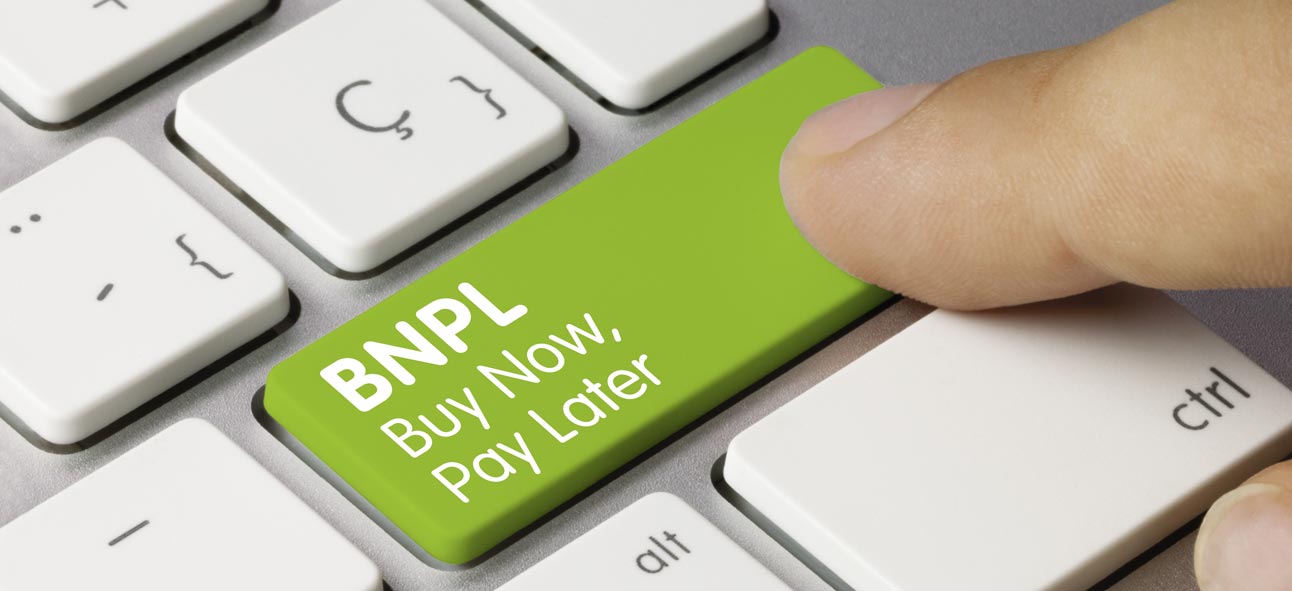Gen Z shoppers can’t seem to get enough of BNPL. It has become one of the fastest-growing payment trends in Europe and seems to show no signs of stopping. Three in five people now use BNPL, while almost half of Gen Z’ers in the US will be using Buy Now Pay Later by 2025. As of 2022, there are 360 million BNPL users worldwide. And this will more than double in the next five years.
Research from global management consultancy firm, Kearney, shows Gen Z’ers and millennials are more likely to use BNPL, “especially when it is seamlessly integrated into their buying journey”, as it doesn’t “appear as credit” in the minds of these consumers. But at the same time, there has been growing scrutiny from regulators and an ongoing debate around BNPL leading to bad debt.
So, what lies in the future for BNPL? And how will it impact merchants? Read on to know more.
What is BNPL?
BNPL, or Buy Now Pay Later, is a payment method that allows consumers to purchase goods and pay for them later in interest-free installments. Since the pandemic, BNPL in Europe has grown at a scorching pace, with high adoption by 16 to 34-year-olds. It is an easy way for consumers to spread out their payments and access credit in a more cost-effective way, as compared to traditional credit instruments like credit cards. For customers struggling with finances, BNPL offers them the option to spread out their payments in a more manageable way. Retailers who offer BNPL, on the other hand, can increase their sales to customers who might otherwise hesitate to make a purchase, if they had to pay the entire cost upfront. This convenience that Buy Now Pay Later offers has helped it to woo more customers, especially from younger cohorts.
Growth in Europe? What does it signal for merchants and payments?
Such has been growth that Buy Now Pay Later is set to become a €300 billion industry in Europe by 2025, making up about 11% of the European e-commerce market. Right now, Sweden, Germany, Norway, Finland are amongst the top 5 BNPL markets. The Netherlands, Denmark, Belgium, and the UK are also amongst the top 10 BNPL markets globally.
The popularity of BNPL has led to a surge of players in the market – led by Klarna. Other major players include Clearpay, Scalapay, and Alma in the B2C segment. B2B BNPL players include Berlin-based B2B outfits Billie and Mondu, and London-based Hokodo. Mastercard and Visa also have their own BNPL offerings, and so does PayPal. Apple also has its own BNPL offering called Apple Pay Later. As internet penetration increases, BNPL players are becoming household names, even as economic uncertainties loom. With increased competition has come innovation, reshaping the payments industry in Europe.
While in recent times, there has been growing scrutiny around BNPL possibly leading to bad debt and calls for tighter regulation, it continues to see high adoption among consumers. Consumers feel strongly about it too – in the UK, 12% of online sales in January 2023 were paid for using BNPL. Nearly three fifths of British consumers (58%) believe point-of-sale (POS) financing can be a good way to help them manage their money.
But as compared to the B2C space, innovation has been slower in the B2B space. Not surprising, given the complexities present in B2B payments. Yet, the demand is there across Europe, but more so in Germany and Switzerland. In a more recent development, Berlin-based Billie and Mollie have partnered to offer B2B Buy Now Pay Later across Europe.
Looking Ahead: What we can expect in Future
1. Regulation is coming
So far, BNPL has clocked such massive growth because it has been mostly unregulated; but that’s about to change. Regulation is coming for BNPL markets across the EU and the UK, and will come under the Consumer Credit Directive. This is necessary to ensure consumer protection, reduce bad debt losses, and ensure fair play in the industry.
2. More consolidation, more innovation
As open banking matures in Europe, finer data sharing will open up credit to more consumers, while better credit scoring will help ensure people can pay back what they borrow. Also, mergers and acquisitions in the Buy Now Pay Later industry will bring more consolidation and innovation. More players serving more industries, in both B2C and B2B segments, will help bring the benefits of Buy Now Pay Later to businesses and consumers across industries, markets and verticals.
3. BNPL will continue its upward growth
Younger consumers such as millennials, Gen Z, and Gen Alpha, with a relaxed attitude towards credit, will continue to drive the upward growth of Buy Now Pay Later in Europe, and elsewhere. And as payments become more embedded into shopping journeys, barriers to adoption will disappear as the processes become more seamless. While the sceptre of bad debt looms, new regulation will bring in more efficiency to credit risk scoring and affordability checks, data sharing, and debt collections. This will help consumers take more informed decisions, while helping BNPL companies take necessary steps to ensure debt repayment and consumer protection.
Closing Thoughts
While the debate around BNPL and whether it is a sustainable solution to the credit problem will remain, there is no doubt that Buy Now Pay Later is here to stay. With new regulation underway and more innovation, we will see more consumers and businesses gain from this novel form of credit. For now, people can continue to buy now, and worry about it later.
Jose Augustine is the Chief Business Development Officer at Novalnet with extensive experience in European payment industry and a knowledge powerhouse.












